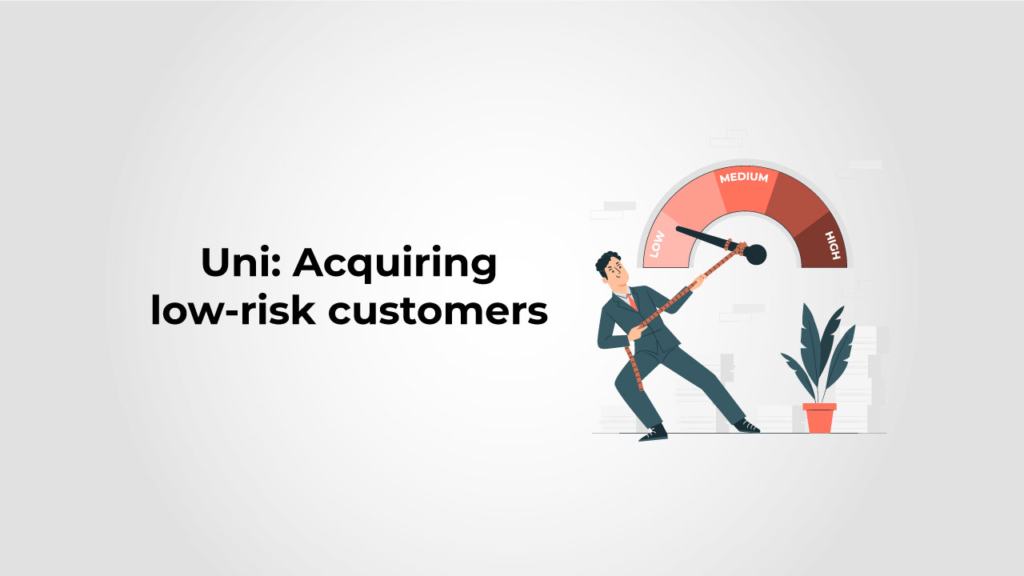AUTHOR : SARIKA PATHAK
DATE : 12- 9- 2023
In today’s digital age, businesses of all sizes are constantly seeking ways to expand their reach and increase revenue. One of the key factors in achieving these goals is the ability to accept payments[1] from customers. However, not all payment processing[2] is created equal. In the realm of financial transactions, there exists a concept known as “high-risk acquiring[3].” In this comprehensive guide, we’ll delve into what high-risk acquiring[4] is, why it matters, and how businesses[5] can effectively navigate this intricate landscape.
Introduction
In an ever-evolving business landscape, the ability to accept payments efficiently and securely is paramount. This is a term that often perplexes many, but it plays a crucial role in the financial ecosystem. This article aims to demystify the concept and provide valuable insights into its significance for businesses.
Defining High-Risk Acquiring
High-risk acquiring refers to the process of businesses accepting payments when they are considered to be in a high-risk category by payment processors and financial institutions. These businesses typically face a higher likelihood of chargebacks, fraud, and regulatory issues.

Why Does High-Risk Acquiring Exist?
Understanding why high-risk acquiring{2} exists is essential. It’s primarily a measure implemented by payment processors {3}and also banks to protect themselves from potential financial losses. By categorizing certain businesses as high risk, they can implement stricter measures to mitigate risks associated with these transactions.
Industries Prone to High-Risk Status
High-risk status {1}can be attributed to various factors, including the industry in which a business operates. Industries such as online gambling, adult entertainment, and pharmaceuticals are often considered high risk due to their historical association with chargebacks and legal concerns.
The Impact of High-Risk Labeling
Being labeled as high risk can have significant consequences for a business. It can lead to higher processing fees, delayed payouts, and also difficulty in finding a payment processor{4}willing to work with them. However, it’s not all doom and gloom, as there are strategies to navigate these challenges.
Challenges Faced by High-Risk Businesses
High-risk businesses must overcome a unique set of challenges, including stringent compliance requirements, increased fraud prevention measures, and also the need for robust security protocols. These challenges can be daunting but are not insurmountable.
Finding the Right High-Risk Payment Processor
Choosing the right payment processor is critical for high-risk businesses. Researching and also selecting a processor with experience in the high-risk sector can make a world of difference in terms of reliability and security.
Mitigating Risk: Compliance and Security
High-risk businesses must prioritize compliance with industry regulations and invest in robust security measures. This not only reduces the risk of fraud but also ensures that they remain in good standing with payment processors and banks.
Costs and Fees Associated with High-Risk Acquiring
They often comes with higher fees and also reserves to cover potential chargebacks. Businesses should be prepared for these additional costs and also factor them into their financial planning.
High-Risk Acquiring vs. Traditional Processing
It’s essential to understand also the differences between they and traditional payment processing. Traditional processing may be more straightforward, but it may not be an option for businesses in high-risk industries.
Case Studies: Successful High-Risk Businesses
Highlighting real-world examples of high-risk businesses that have succeeded can offer valuable insights and inspiration for those facing similar challenges.
The Future of High-Risk Acquiring
As technology and also regulations continue to evolve, the landscape of high-risk acquiring is likely to change. Staying informed about these shifts is crucial for businesses in this sector.
Tips for a Smooth High-Risk Acquiring Experience
To conclude our exploration of high-risk acquiring, here are some practical tips for businesses looking to navigate this complex terrain successfully:
- Prioritize compliance and also security.
- Partner with experienced payment processors.
- Budget for higher processing fees.
- Stay informed about industry changes.
- Leverage the experiences of successful high-risk businesses.

Conclusion
High-risk acquiring is a reality for many businesses, but it doesn’t have to be a barrier to success. By understanding the intricacies of this concept and taking proactive steps to mitigate risk, businesses can thrive even in challenging industries.
FAQs
1. What are the main factors that lead to a business being labeled as high risk?
- Several factors contribute to high-risk status, including the industry, historical chargeback rates, and also the nature of the products or services offered.
2. How can high-risk businesses protect themselves from fraud?
- Implementing robust security measures and staying vigilant for suspicious activity are key strategies for fraud prevention.
3. Are there payment processors that specialize in high-risk ?
- Yes, many payment processors have expertise in serving high-risk industries and can provide tailored solutions.
4. What is the role of compliance in high-risk acquiring?
- Compliance ensures that high-risk businesses adhere to industry regulations and maintain a good standing with payment processors and banks.
5. Is high-risk acquiring more expensive than traditional payment processing?
- Yes, high-risk acquiring often comes with higher fees and reserves to cover potential chargebacks, making it more expensive than traditional processing.





